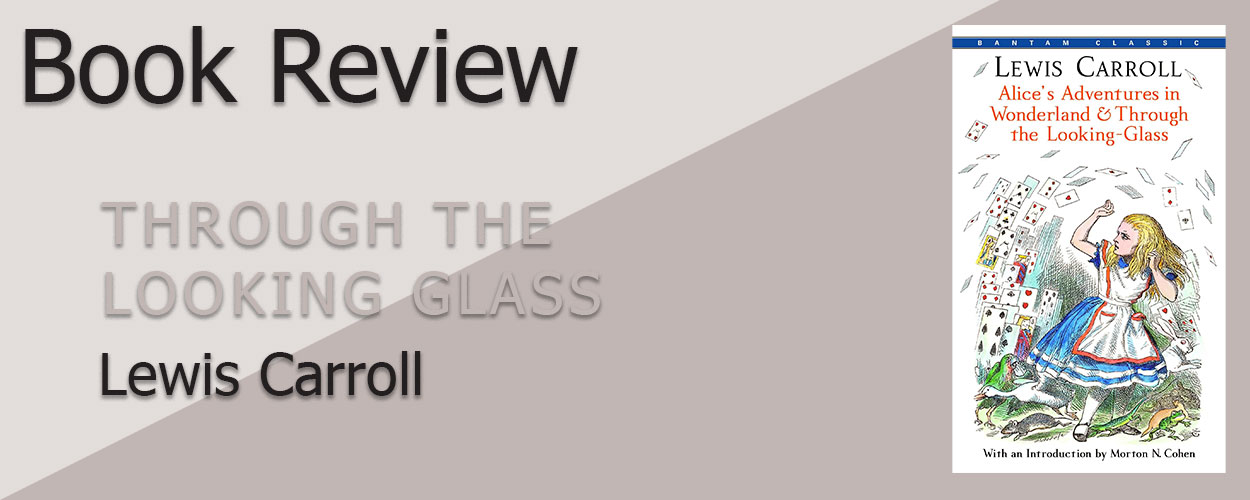

I liked this book; it was good
It’s been some time since I read the first book in this collection, and when I finally did find the sequel, I find both books in one! I saw the Tim Burton movie of the same name and was hoping to find more references in this book that he used.
Read: May 19, 2025
Genre: Classic, Fantasy
Audience: Children, Middle-grade
Book contains: hallucinations, nonsense, battle
Purchase a copy from Indigo.ca
After her first adventure in Wonderland, Alice is even more imaginative, and she speaks to her little kitten about the world beyond the looking glass, in which everything is backwards, only to find herself there!
This book, like how the first is Alice’s dream about a pack of cards, is written as Alice’s dream of a chess game, as depicted right at the front of the story, in which Alice is a white pawn and is set to win the game in eleven moves, as enacted through her journey in the Looking Glass world.
This book is a combination of prose and snippets of poetry or song, read by Alice or sung by the other characters. I really enjoyed the illustrations in my copy of the book, as drawn by John Tenniel.
I listened along to an audio reading of this story while bookbinding, so I couldn’t look through the illustrations until after.
Alice is a peculiar little girl, seven and a half years old, with all the strangest ideas. She is a bit stubborn, though arguing with the other nonsense characters in the dream is expected. The Red Queen in this book, as opposed to the first book, is still haughty but not murder-happy, at least. The other characters are such a pack of strange folk that I cannot narrow down any more of them.
Alice meets and leaves so many people in the story that she doesn’t make many friendships with any of them, though they are either super friendly or super hostile with her from the start with little rhyme or reason. She is constantly just trying to get answers from them about how to leave and get home, or to finish the game and become a queen, while they’re all off in their own worlds reciting poetry or doing their own things.
I find Carroll’s writing almost complete nonsense, though that’s the point, I think. It’s a dream, and therefore follows dream logic, which makes it hard to follow but much easier if you just accept everything as it is. Alice is knitting with a goat and suddenly she’s rowing in a boat, and such things like that. It’s all hiding the fact that the writing carries much depth and many literary references within it.
It was a quick read to listen to, and there is always so much stuff going on that the plot moves very fast. Alice doesn’t stop to reflect often, and when she does, it’s in fits and spurts. The reader doesn’t get much of a break to sit back and relax during this read.
If you enjoyed the first book and this type of writing, Through the Looking Glass is definitely worth a read.
Alice in Wonderland Book 1: Alice’s Adventures in Wonderland by Lewis Carroll
Alice in Wonderland Book 2: Through the Looking Glass by Lewis Carroll
*Dark Innocence by PJ Alexander*
The Secret Garden by Frances Hodgson Burnett
The Search for WondLa Book 1: The Search for WondLa by Tony DiTerlizzi
*The Wicket by Carlee Coton*
Fiona and the Forgotten Piano by Kate DeMaio
Coraline by Neil Gaiman
Tigerpetal Press is a small book press dedicated to publishing local authors and poets.